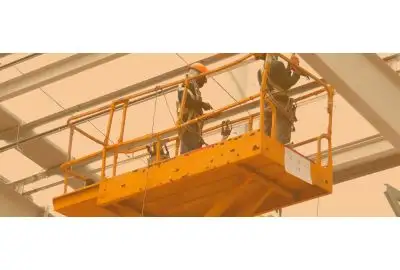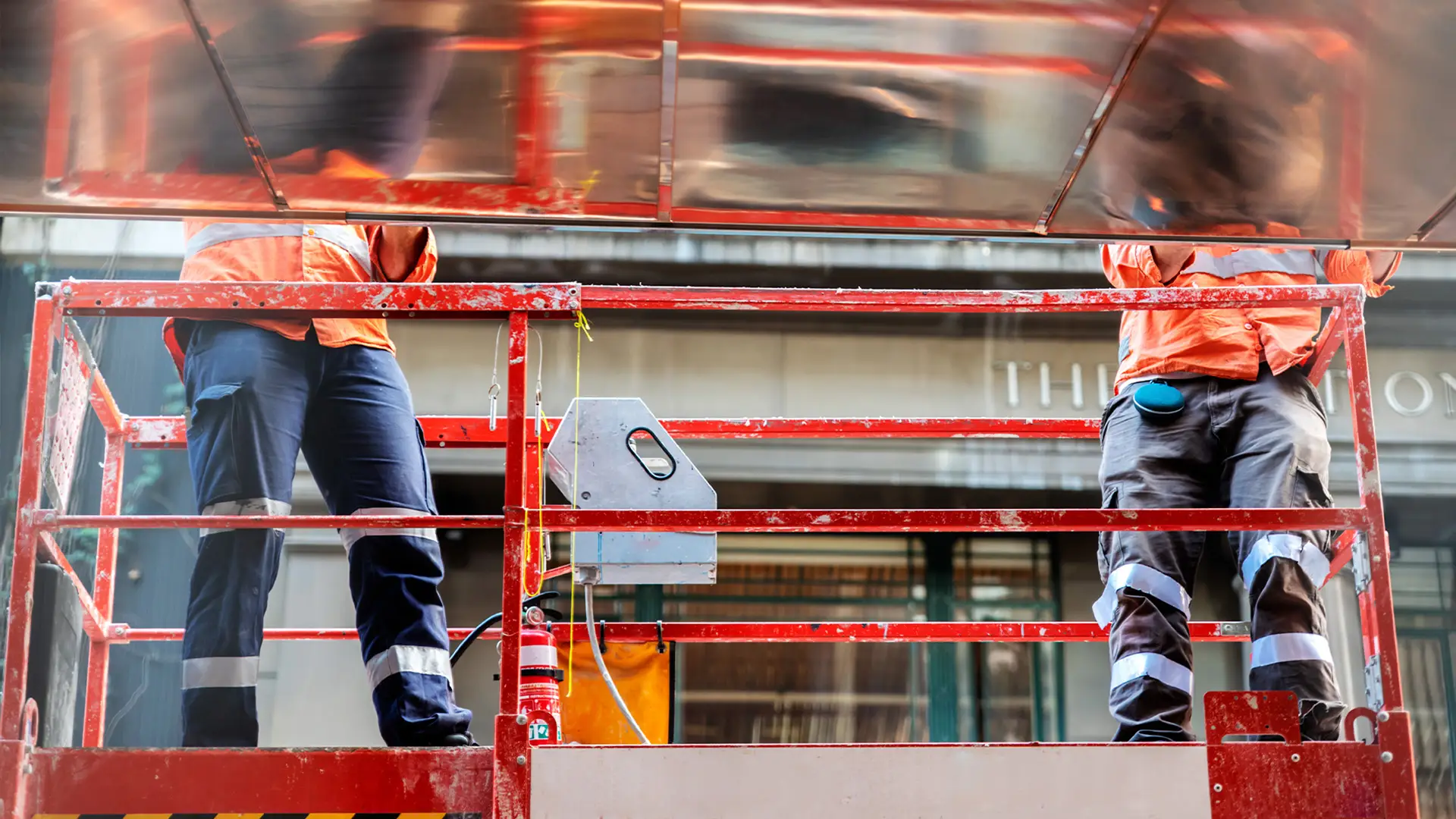Fall Protection and Scissor Lifts

Scissor lifts are a popular choice for many industries due to their ease of use, versatility, and safety when operated correctly. However, one of the most critical aspects of using these machines is ensuring proper fall protection. OSHA has set clear guidelines for working at heights, but some argue that these standards could be more stringent, especially for higher elevations.
Scissor lifts can elevate workers up to 60 feet or more, which means any fall from this height can be extremely dangerous—often fatal. While these lifts are designed with safety in mind, accidents still happen. That's why it's crucial to understand and follow all necessary safety protocols.
Proper training and adherence to procedures are key to preventing incidents. However, even well-trained operators can face unexpected hazards on a job site. That’s why companies should go beyond basic requirements and implement additional safety measures.
OSHA Fall Protection Requirements for Scissor Lifts
According to OSHA, employees must have fall protection when working at heights of four feet or more in general industry and six feet or more in construction. When operating a scissor lift, this includes using guardrails or personal fall arrest systems. Employers are also responsible for regular equipment inspections and maintenance to ensure everything functions properly.
In addition to equipment safety, OSHA requires employers to provide fall protection training. This ensures workers understand how to use protective gear and recognize the risks associated with working at heights. Proper documentation of training is also required to maintain compliance.
Types of Fall Protection for Scissor Lifts


Fall protection on scissor lifts typically involves either guardrails or personal fall arrest systems. Both options are effective, but the choice depends on the specific work environment and employer policies.
Guardrails
Most scissor lifts come equipped with guardrails that meet OSHA standards. These rails are usually between 35 and 45 inches high and are designed to prevent workers from falling off the platform. While this is sufficient according to OSHA, some experts believe that additional protection is needed, especially at higher elevations.
Some companies require workers to use personal fall arrest systems in addition to guardrails, particularly in environments where there may be less stability or exposure to hazards.
Personal Fall Arrest Systems
A personal fall arrest system (PFAS) includes a full-body harness, lanyard, and anchor point. It works by stopping a fall before the worker hits the ground. Many scissor lifts already have anchor points built in, making it easy for workers to attach their harnesses and stay safe.
If parts of the guardrail need to be removed for access, OSHA requires the use of PFAS in addition to the remaining guardrails. This helps ensure that no part of the platform is left unprotected.
Despite OSHA regulations, there have been numerous cases where workers were injured or killed after being ejected from scissor lifts. These incidents highlight the importance of going beyond minimum requirements and implementing stricter safety measures.
Best Practices for Scissor Lift Safety
Before each use, scissor lifts should be inspected to ensure they're in good working condition. This includes checking for damage, wear, and proper function of all safety features. Regular maintenance is also essential to prevent malfunctions and keep workers safe.
Workers should be trained on how to operate scissor lifts safely, including how to move around the platform and use fall protection equipment. Awareness of potential hazards is equally important to avoid risky situations.
Companies should also establish emergency protocols in case of an accident. Clear signage and warnings can help remind workers of the risks involved and encourage safe behavior on the job site.
Industry Standards for Scissor Lifts
While OSHA sets the baseline for safety, other organizations like ANSI and ISO provide additional guidelines. These standards offer more detailed recommendations for fall protection and equipment design, helping companies exceed basic requirements.
ANSI A92.20-2018
This standard covers the design and construction of mobile elevating work platforms. It specifies that guardrails must be in place when the platform is raised and that anchor points for fall arrest systems must be available.
ISO 12100-1:2010
ISO provides general safety guidelines for machinery, including scissor lifts. It emphasizes the importance of designing equipment with adequate fall protection features to reduce the risk of injury.
How PowerPak Can Help
At PowerPak, we specialize in providing fast and reliable access to safety equipment. We understand that waiting weeks for a safety harness or fall protection device can lead to unsafe practices. That’s why we focus on quick delivery and a wide range of products to meet your needs.
Waiting 2-3 weeks for a safety harness or fall protection device will only lead to workers proceeding without the needed equipment. Read more about how to properly use safety harnesses.
We deliver as fast as possible, often same-day, and if you’re within our service area, your order will be delivered the same day. No backorders — if you see a product, it’s in stock. We guarantee 30-minute response times via phone, email, or chat. With over 30 years of experience in the utility and infrastructure industry, we’re here to keep workers safe.
Explore our offerings at PowerPak.net.
Pe Clear Label,Transparent Pe Label,Clear Pe Sticker,Clear Pe Acrylic Label
SOONTOMAX (TAISHAN) LABEL MATERIAL CO.LTD , https://www.stmlabel.com
